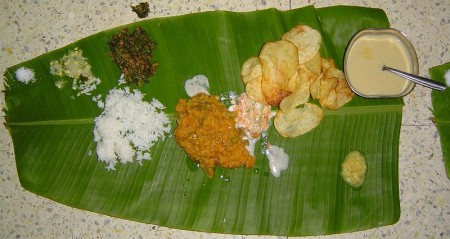
We’ve seen that autotrophs get their energy from sunlight or chemical reactions, while heterotrophs get their energy from eating other organisms. We’ve also seen that some protists, called mixotrophs, can do both.
We have not yet discussed reptiles, which are heterotrophs (as are all members of the Domain Animalia), but use the sun to regulate their internal temperature (they’re ectotherms).
According to a recent article, the yellow pigment on the oriental hornet’s belly can convert sunlight to electricity, and is believed to have some role in photosynthesis in some plants.
The researchers used the pigment to make their own solar cell, but it proved to be quite inefficient, only converting 0.335% of the incoming light to electricity. However, the microscopic ridges on the hornet, and the layering of the insect’s cuticle, suggest that the hornet itself is more efficient.
I’m not quite sure how the hornets would use the electricity if that’s what they’re doing, but they are more active in sunlight than in the dark, so some type of “solar harvesting” is probably going on.



